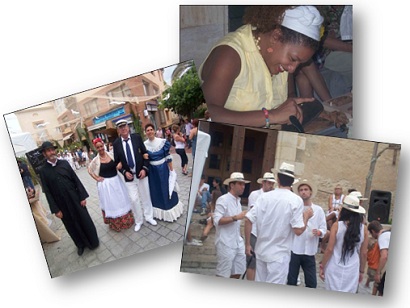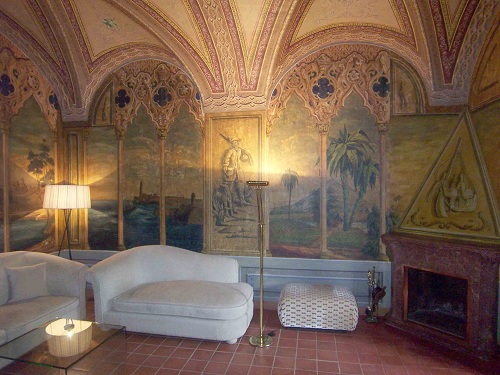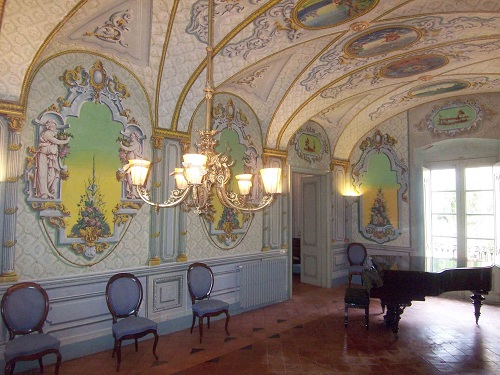
Begur – Fira d’Indians 7th, 8th & 9th of September
For three wonderful days the Catalan town of Begur celebrates its historic links with the Caribbean and Latin America by holding a fiesta that is quirky, colourful & great fun!
The streets and alleyways throng with visitors & locals attired in traditional 19th century Cuban dress; white shirt/blouse, white trousers/dress & obligatory straw hat. Market stalls are set up selling all manner of produce from across the Atlantic; coffee, rum, spices, cacao, precious stones etc.
The trades & crafts of a bygone colonial age such as rope making, glass blowing, the art of making fishing nets & lobster pots etc. are all demonstrated in the town square. Even a jovial Cuban lady sits at a table rolling authentic, Havana cigars. Classes in Latin American dancing, Cuban bands performing live throughout the day and evening plus a never ending supply of “Mojitos” all help recreate the atmosphere of life in 19th century Havana.
For more information on the history behind this fiesta read on.
Catalunya & the colonies
Throughout the 19th century, Spain’s colonial possessions in the Caribbean & Latin America were to act as a magnet for many adventurous, entrepreneurial Catalans looking to take advantage of the maritime trade and business opportunities those exotic, distant lands had to offer. Many failed miserably only to return home penniless but others were to prosper & amass immense fortunes.
The production & export of sugar, cotton, tobacco, coffee & rum were probably the most lucrative business ventures & a certain Señor Facundo Bacardi Masso (from the Catalan town of Sitges) was to found a brand of rum that continues to carry his name today.
Fortunately much of this new found wealth was channelled back to Catalunya and by the end of the century a new, very rich, affluent social class had been created. Known as “Famílies Indianes” they had plenty of capital to commission public works & buildings (Gaudi’s architectural masterpieces including the “Sagrada Familia” were all financed by “Famílies Indianes”).
They were the third biggest investors in the construction of the Suez Canal and, most importantly of all for Catalunya, they were able to bring in the manufacturing technology that had been developed during the industrial revolution & turn Barcelona into a booming industrialised , manufacturing city.
Visit a “Casa Indiana”
It was not just Barcelona that was to benefit from “Indiano” money. Many of those who ventured forth across the Atlantic Ocean came from small, rural, Catalan villages and towns &, without doubt, Begur is one of the most emblematic “Indiano” towns. During the 19th century over a quarter of its inhabitants chose to turn their backs on a relatively poor agricultural existence, follow their dreams and risk all in the hope of returning rich, prosperous & able to enjoy a genteel way of life.
What better way to display your success than build an ostentatious new home for all to see and in Begur they did this big time! Down every street & alley way you will come across the most elegant, colonial style buildings called locally, as one would expect, “Cases Indianes”.
The imposing exterior of a “Casa Indiana” is just a taster of what is hidden within its walls. Walk through the front entrance and you find yourself in the most palatial of dwellings. High, ornate ceilings & walls hand painted in the most exquisite detail, huge murals depicting 19th century colonial life & highly polished furniture. The word ostentatious is a little harsh, tasteful extravagance is, perhaps, the better adjective.
The three day “Fire d’Indians” offers a great opportunity to visit one of these fascinating houses.





